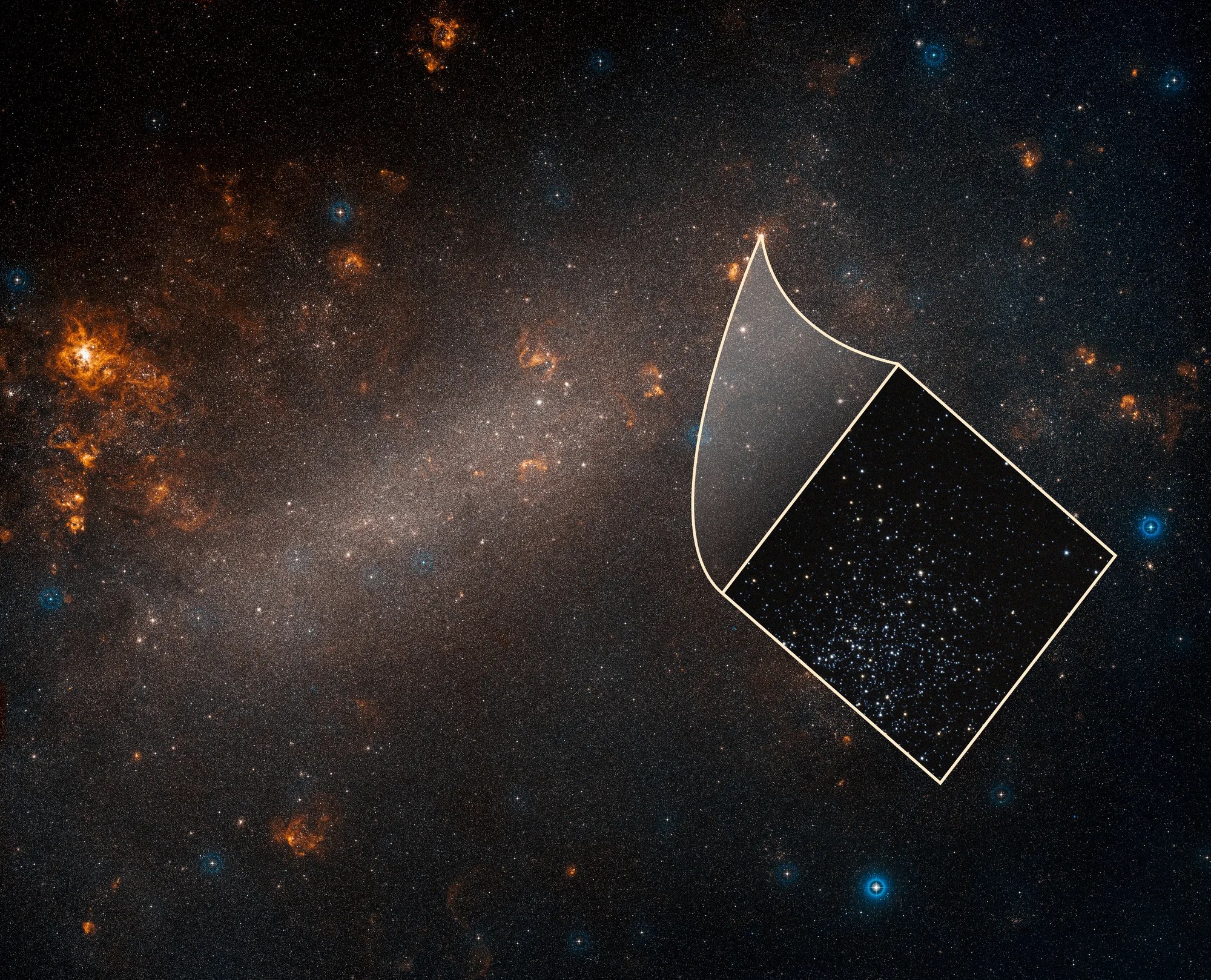No.
"...How is it that we have a universe of matter at all?
Our universe is made of four kinds of so-called elementary particles: neutrons, protons, electrons, and photons, which are particles of radiation. (I disregard neutrinos, since they do not interact with other matter; also the host of other particles that appear transiently in the course of high‑energy nuclear interactions.) The only important qualification one need make to such a simple statement is that the first three particles exist also as antiparticles, the particles constituting matter, the anti-particles anti-matter. When matter comes into contact with anti-matter they mutually annihilate each other, and their masses are instantly turned into radiation according to Einstein’s famous equation,
E = mc2, in which
E is the energy of the radiation,
m is the annihilated mass, and
c is the speed of light.
The positive and negative electric charges that divide particles from anti-particles are perfectly symmetrical. So the most reasonable expectation is that exactly equal numbers of both particles and anti-particles entered the Big Bang, the cosmic explosion in which our universe is thought to have begun. In that case, however, in the enormous compression of material at the Big Bang, there must have occurred a tremendous storm of mutual annihilation, ending with the conversion of all the particles and anti-particles into radiation. We should have come out of the Big Bang with a universe containing only radiation.
Fortunately for us, it seems that a tiny mistake was made. In 1965, Arno Penzias and Robert Wilson at the Bell Telephone Laboratories in New Jersey discovered a new microwave radiation that fills the universe, coming equally from all directions, wherever one may be. It is by far the dominant radiation in the universe; billions of years of starlight have added to it only negligibly. It is commonly agreed that this is the residue remaining from that gigantic firestorm of mutual annihilation in the Big Bang.
It turns out that there are about one billion photons of that radiation for every proton in the universe. Hence it is thought that what went into the Big Bang were not exactly equal numbers of particles and anti-particles, but that for every billion anti-particles there were one billion
and one particles, so that when all the mutual annihilation had happened, there remained over that one particle per billion, and that now contitutes all the matter in the universe -- all the galaxies, the stars and planets, and of course all life..."


